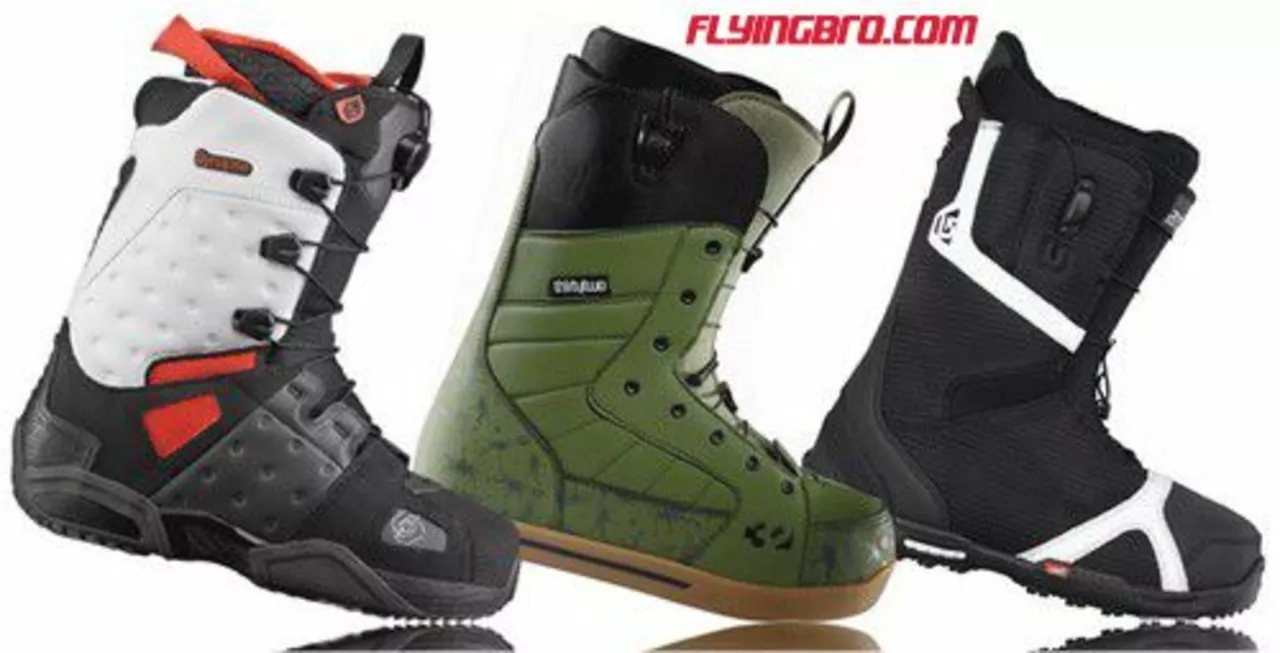Finding the Perfect Fit: How Much Space is Too Much?
When it comes to snowboarding, finding the perfect fit for your boots is crucial for both comfort and performance. But how much space is too much? In this section, we'll explore the importance of a properly fitted snowboarding boot and the potential consequences of having too much space in your boots.
A well-fitted snowboarding boot should be snug, but not too tight. If your boots are too loose, your feet may move around inside, leading to discomfort and a lack of control on the slopes. On the other hand, if your boots are too tight, they can restrict circulation and cause pain or numbness. Ultimately, it's about striking the right balance between comfort and support.
Understanding Boot Sizing and Flexibility
When shopping for snowboarding boots, it's important to understand both the sizing and flexibility of the boots you're considering. Boot sizing can vary between brands, so it's essential to try on multiple pairs to find the best fit for your unique foot shape.
Flexibility is another key factor to consider when choosing a snowboarding boot. Softer boots provide more comfort and freedom of movement, while stiffer boots offer greater support and control. The ideal boot flexibility will depend on your skill level, riding style, and personal preference.
Signs Your Snowboarding Boots May Be Too Big
Not sure if your snowboarding boots are too big? Here are some telltale signs that you may need to size down:
- Your heel lifts up when you flex your ankle
- Your toes constantly touch the front of the boot, even when standing up straight
- You experience numbness or pain in your feet after wearing the boots for a short period
- You have difficulty controlling your board due to a lack of support
If you're experiencing any of these issues, it's time to reevaluate your boot size and consider trying a smaller pair.
How to Properly Size Your Snowboarding Boots
When trying on snowboarding boots, keep the following tips in mind to ensure a proper fit:
- Wear the same socks you'll be wearing on the mountain
- Stand up straight and push your heel back into the boot
- Pay attention to any pressure points or areas of discomfort
- Flex your ankle forward and ensure your heel stays in place
Remember, it's normal for your toes to lightly touch the front of the boot when standing up straight, but they should not be cramped or folded. When you flex your ankle forward, your toes should pull back slightly from the front of the boot.
The Importance of a Good Boot Liner
A quality boot liner can make all the difference in achieving the perfect snowboarding boot fit. Most modern snowboarding boots come with heat-moldable liners that conform to the shape of your foot for a customized fit. If you're experiencing minor fit issues, consider investing in a quality aftermarket liner to improve comfort and support.
Keep in mind that liners will pack out over time, meaning they will compress and create more space in your boots. If you're between sizes, opting for a smaller size and allowing the liner to pack out can result in a better long-term fit.
Can Insoles Help with Boot Fit?
Insoles can indeed help improve the fit and comfort of your snowboarding boots. Custom or aftermarket insoles can provide additional arch support, reduce pressure points, and even help stabilize your foot within the boot. If you're struggling with minor fit issues, consider trying different insoles before opting for a different boot size.
However, keep in mind that insoles can only do so much. If your boots are too big or too small, no insole will be able to fix the issue completely.
Why Proper Boot Fit Matters for Performance
Achieving the right fit in your snowboarding boots is essential for optimal performance on the slopes. A well-fitted boot allows for precise control over your board, making it easier to turn, carve, and maintain stability at high speeds. Additionally, proper boot fit can help prevent injury by reducing the risk of ankle sprains or other foot-related issues.
Remember, snowboarding is a sport that relies heavily on your feet and lower leg muscles. Ensuring your boots fit correctly will not only make your time on the mountain more enjoyable but also help you progress as a rider.
When to Consider a New Pair of Snowboarding Boots
If you've tried all of the above tips and still find that your snowboarding boots are too big or uncomfortable, it may be time to invest in a new pair. As you progress in your snowboarding skills, your preferences and needs may change, making it necessary to reevaluate your equipment.
Don't be afraid to try on multiple pairs of boots and ask for advice from experienced riders or shop employees. Ultimately, the perfect snowboarding boot fit will enhance your comfort, performance, and overall riding experience on the mountain.
